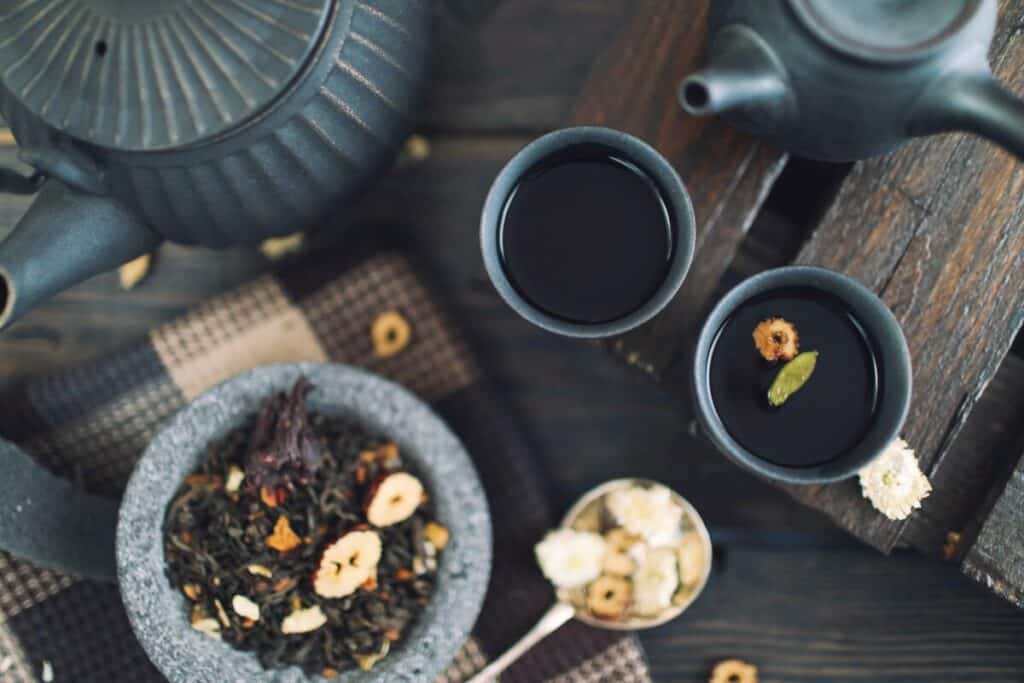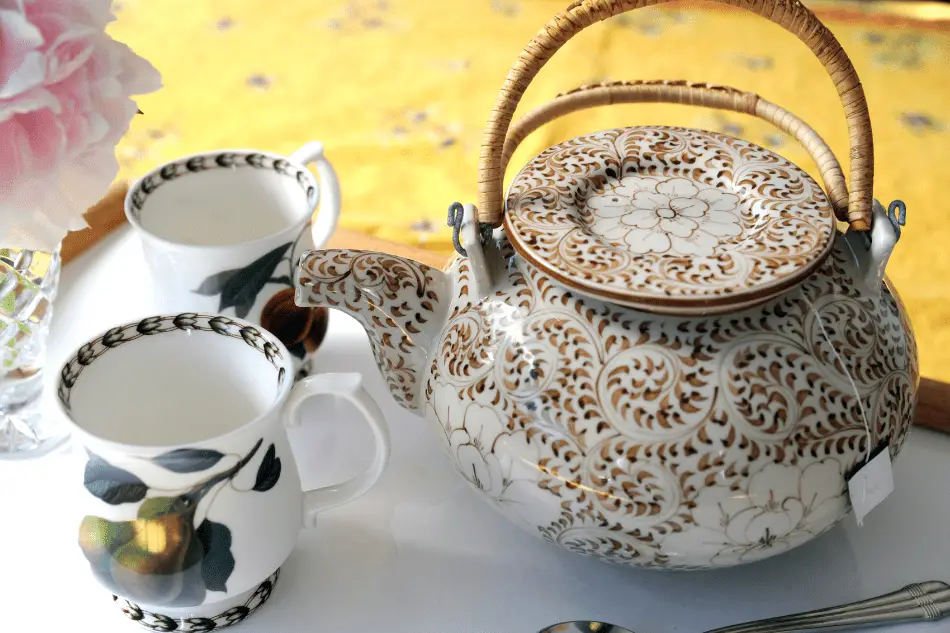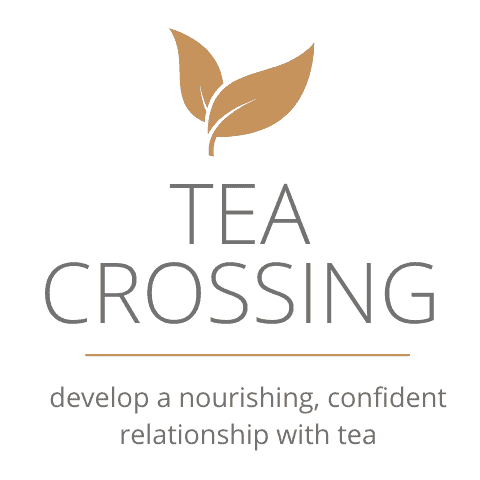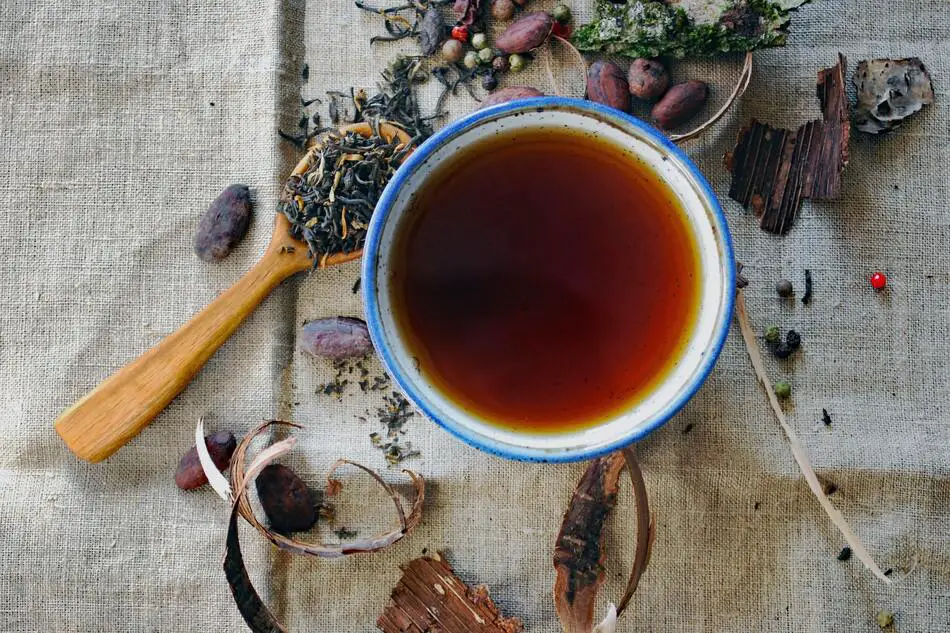Are you a tea lover and asking the question how is tea made? Making a cup of coffee from plant to cup is not difficult. Making the perfect cup isn’t as difficult as it may seem. In this article, I will walk you through the complete process of making tea and the types of leaves that are used. I will discuss everything from the types of tea to the brewing methods. By following these simple steps, you will be able to make a delicious cup of tea every time.
Tea is an infusion made by pouring hot water over tea leaves, herbs, flowers, mushrooms, and even roots, which are then steeped in the water for a set amount of time. The longer the leaves steep, the stronger or more bitter the tea will be.
While there are many different types of tea, they all begin with the same basic ingredient: camellia Sinensis, a plant native to Asia.
To make black tea, the leaves of the camellia Sinensis plant are first withered, then rolled, and oxidized. This process gives the tea its characteristic black color and bold flavor.
To make green tea, on the other hand, the leaves are simply steamed and dried, preserving their green color and delicate flavor.
“Tea is an infusion made by pouring hot water over tea leaves, herbs, flowers, mushrooms, and even roots, which are then steeped in the water for a set amount of time. The longer the leaves steep, the stronger or more bitter the tea will be.”
TEA CROSSING
Other types of tea are made using similar methods but with slight variations in time and temperature.
If you want more information on how the tea leaves are grown and harvested for tea drinkers, you can read my guide on “Where Does Tea Come From?“
The Steps to Make Tea
Making tea is an age-old process that requires a few items and a little effort. The nuances come in experimenting with different tea types, steeping time, and additional flavorings.
As I mentioned above, making tea is really both an art and a science, and it’s fun to experiment.
There are five basic steps to making tea: boiling water, steeping the leaves, cooling the tea, adding milk and sugar (if desired), and drinking.

Here are some additional specifics:
- Bring fresh cold water to a rolling boil. It is important to use fresh cold water to bring out the full flavor of the tea.
- Purge your kettle of any old water by bringing it to a vigorous boil and then pouring out all the water. This will help ensure that your tea does not taste stale.
- Put one or two teaspoons of loose-leaf tea per cup into an infuser or directly into a teapot. If using an infuser, make sure it is large enough so that the leaves have plenty of room to expand. Alternately, you can use a tea bag.
- Pour the boiling water over the tea. If using an infuser, wait about 30 seconds for the water to cool slightly before removing it so as not to burn your fingers.
- Steep for about three minutes. The longer you steep, the stronger the tea will be.
- Once the desired steeping time has elapsed, remove the infuser or teapot from the heat and let it sit for a minute or two to allow the tea to cool slightly.
- Add milk, sugar, cream, spices, or other flavorings.
- Finally, pour yourself a nice big cup of tea and enjoy.
Most Common Teas To Try
With such a wide range of teas to try, it can be confusing to know where to start. If you are new to tea, you are not alone in feeling overwhelmed with the options.

Here is a list of the most common tea categories:
- Black Tea: This is brewed with fully oxidized leaves and has a strong flavor and caffeine content. It is best brewed with boiling water for three to five minutes.
- Green Tea: It is brewed with unoxidized leaves, and has a light flavor and low caffeine content. It is best brewed with boiling water for one to two minutes.
- Oolong Tea: It is brewed with partially oxidized leaves, and has a flavor that falls somewhere between black and green tea. It is best brewed with boiling water for two to three minutes.
- White Tea: This type is brewed with unoxidized leaves and has a light flavor and low caffeine content. It is best brewed with boiling water for one to two minutes.
- Herbal Tea: It is made from plants other than the Camellia sinensis plant, and has a wide range of flavors. Peppermint, Lavendar, Chamomile are examples. These can be brewed with or without hot water, depending on the recipe.
Factors To Consider When Making Tea
Even though making tea is a simple process, there are also several things you want to understand about it, and to know what your options are.

Here are several things to keep in mind:
Brewing Methods
There are various ways to brew, each with its unique benefits and drawbacks. The most common methods are brewing with a teabag, loose-leaf, or an infuser ball.
The Tea Bag
Teabags are convenient and easy to use, but they often produce a weaker cup of tea. They’re also less flexible than other methods because you can’t use as many different types of teas or customize the flavor as much. However, they do require little clean-up and are generally affordable.
Loose Leaf Tea
Loose leaf is more flexible than tea bags, as you can use a variety of different teas and customize the flavor to your liking. However, it’s also more difficult to use and requires more cleanup. It’s also more expensive than tea bags.

Brewing Temperature
The optimal brewing temperature for most teas is around 190-200 degrees Fahrenheit. If the water is too hot, it can over-extract the flavors from the tea leaves and make them taste bitter. If the water is too cold, it won’t extract enough flavor from the leaves and the tea will be bland.
Brewing Time
The ideal brewing time for most teas is around three to five minutes. If you brew for too long, the tea will become bitter. If you brew for too short a time, the tea will be weak.
The Cup or Teapot?
The type of container you use to brew can affect the flavor and strength of the tea.
Teacups are smaller and generally used for brewed teas, while teapots are larger and can be used to brew both loose leaf and bagged tea.

Teapots also have a built-in strainer, which prevents the leaves from escaping into the drink. This is beneficial if you’re using loose-leaf, as it stops the leaves from getting muddy which makes your drink taste earthy. However, teapots can be more difficult to use and are often more expensive than teacups.
No matter what brewing method you choose, always make sure to use fresh, cold water and follow the guidelines for temperature and brewing time.
Final Thoughts
Tea is an enjoyable and healthy beverage that can be enjoyed hot or cold. Making the perfect cup of tea starts with high-quality water and fresh tea leaves. The leaves are then boiled in water to release their flavor, and the water is typically strained before serving. Some teas are flavored with additional ingredients like lemon or milk, and sweeteners can also be added to taste. With a little practice, anyone can make a delicious cup of tea.

